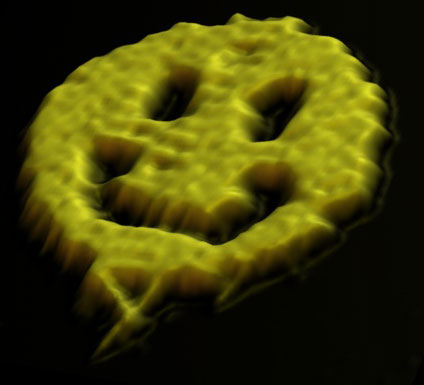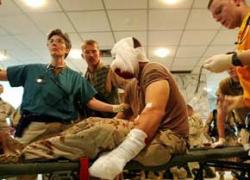First Split Second Of The Universe
| Scientists peering back to the oldest light in the universe have evidence to support the concept of inflation, which poses that the universe expanded many trillion times its size faster than a snap of the fingers at the outset of the big bang. We're talking about when the universe was less than a trillionth of a trillionth of a second old. In that crucial split second, changes occurred that allowed for the creation of stars and galaxies hundreds of millions of years later. The new finding was made with NASA's Wilkinson Microwave Anisotropy Probe (WMAP) and is based on three years of continuous observations of the cosmic microwave background, the afterglow light from the first moments of the universe. It's admittedly mind-boggling. Inflation poses that the universe expanded far faster than the speed of light and grew from a subatomic size to a golf-ball size almost instantaneously. This concept, however, was a mere product of calculations done with pencil and paper around 1980. The idea stands on much firmer ground today. "Inflation was an amazing concept when it was first proposed 25 years ago, and now we can support it with real observations," said WMAP team member Dr. Gary Hinshaw of NASA Goddard Space Flight Center in Greenbelt, Md., a lead author on one of the scientific papers submitted for publication. Read more... Image to right: Time Line of the Universe -- The expansion of the universe over most of it's history has been relatively gradual. The notion that a rapid period "inflation" preceded the Big Bang expansion was first put forth 25 years ago. The new WMAP observations favor specific inflation scenarios over other long held ideas. Click image to enlarge. Credit: NASA This was seized 4 u at NASA |
 ;
;












